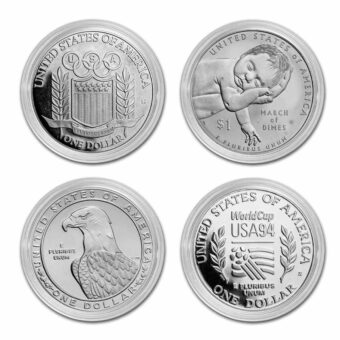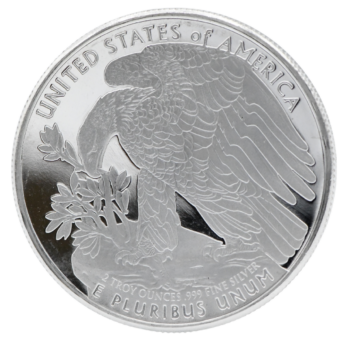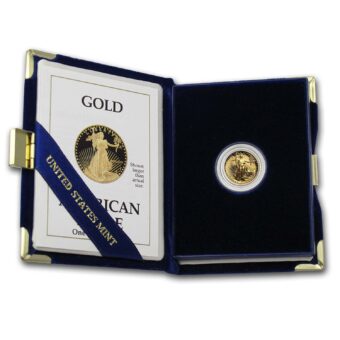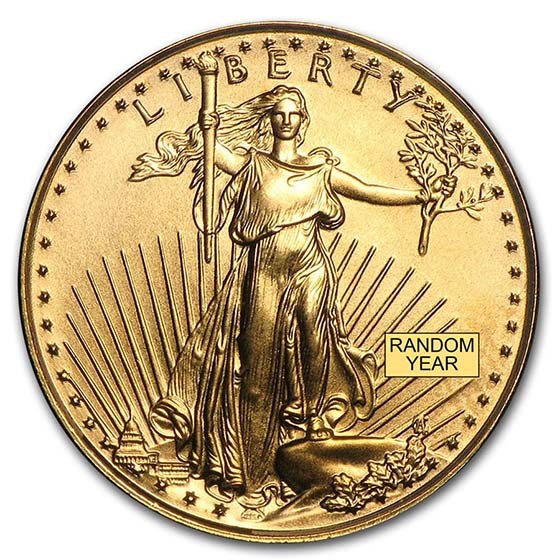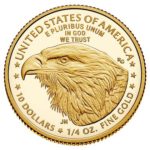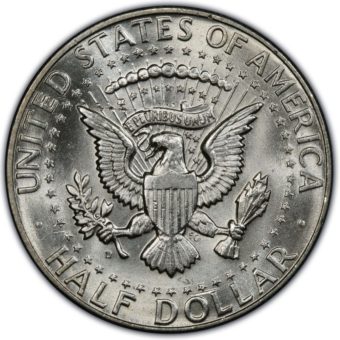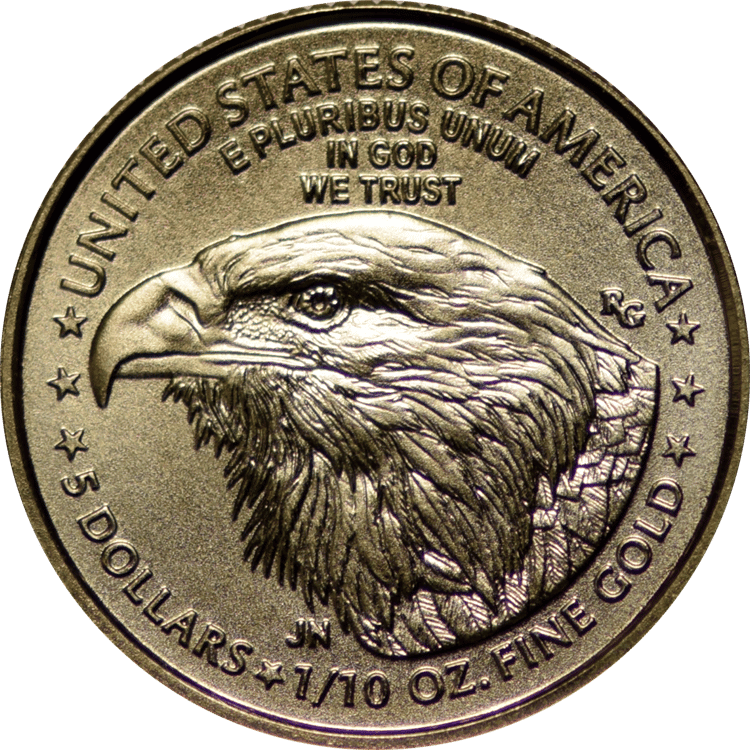Market Recap: A Day-by-Day Breakdown
Monday, March 10, 2025
Gold and silver experienced slight declines as mild profit-taking set in. However, weakness in U.S. equities helped limit losses. April gold dipped $2.20 to $2,911.90, while May silver fell $0.179 to $32.63. U.S. stocks faced pressure amid ongoing recession concerns, with President Trump acknowledging a “period of transition” as trade tariffs escalated.
Tuesday, March 11, 2025
Safe-haven demand drove gold and silver higher as recession concerns deepened and stocks sold off sharply. The U.S. dollar weakened to a four-month low, further supporting metals. April gold rose $23.30 to $2,922.90, and May silver gained $0.70 to $33.23. Market sentiment deteriorated after new tariffs on Canada heightened uncertainty.
Wednesday, March 12, 2025
Gold and silver extended their gains, hitting multi-week highs as cooler-than-expected U.S. inflation data reinforced safe-haven buying. April gold climbed $20.40 to $2,941.30, while May silver added $0.538 to $33.68. The February Consumer Price Index (CPI) rose 2.8% year-over-year, slightly below expectations, causing the dollar to retreat.
Thursday, March 13, 2025
Gold surged to record highs, with April futures up $43.60 at $2,990.30. Softer U.S. inflation data and persistent trade tensions fueled the rally. Silver followed suit, reaching a 4.5-month high at $34.30. The February Producer Price Index (PPI) was flat, missing expectations of a 0.3% rise, while core PPI declined 0.1%.
Friday, March 14, 2025
Gold futures breached $3,000 for the first time, setting a record high of $3,017.10 in early trading before settling at $3,008.60. Safe-haven buying, expectations of a dovish Fed, and strong technical momentum supported the move. May silver continued its upward trend, reaching $34.73.
Gold Breaks $3,000 as Fed Policy Remains in Focus
Gold has officially surpassed the $3,000-per-ounce mark, a historic moment in the precious metals market that signals both heightened demand and broader shifts in economic sentiment. As market participants analyze inflation data and the Federal Reserve’s stance on interest rates, gold’s breakout underscores its role as a critical asset amid ongoing monetary and financial uncertainty.
Key Developments:
- Historic milestone: April gold futures hit $3,001.30, marking an important psychological and technical threshold. Gold’s sharp ascent from sub-$2,700 levels earlier this year highlights its ability to outperform in volatile environments, where central bank policies and inflationary concerns remain in flux.
- Cooling inflation: The latest Producer Price Index (PPI) report showed a 3.2% year-over-year increase in February, down from 3.7% in January. Core PPI, which excludes food and energy, declined 0.1%, missing expectations for a 0.3% rise. These figures indicate some easing of inflationary pressures, though cost increases remain elevated in key sectors.
- Federal Reserve outlook: With the Federal Open Market Committee (FOMC) meeting fast approaching, market participants are closely monitoring any shifts in monetary policy. While rate cut expectations have grown, Fed officials continue to signal caution, suggesting that inflation risks could delay a more accommodative stance.
Big Picture:
Gold’s surge past $3,000 reaffirms its role as a cornerstone asset in a rapidly shifting economic landscape. The metal’s breakout above long-term resistance levels demonstrates strong technical momentum, while broader economic uncertainties—including inflation dynamics and Federal Reserve policy—continue to shape market sentiment. If the Fed signals an eventual pivot toward rate cuts, gold could see further upside as real yields decline, enhancing its appeal.
Gold Holds Strong Despite Softer Inflation Data
Despite signs of cooling inflation, gold remains firmly positioned near record highs. Market participants are evaluating whether recent economic data is enough to shift the Federal Reserve’s policy stance, but gold’s ability to maintain its value signals continued demand in uncertain times.
Key Market Updates:
- PPI remains flat: February’s producer inflation showed no change from the previous month, falling short of expectations for a 0.3% rise. This suggests that cost pressures may be stabilizing at the wholesale level.
- Core PPI declines: Excluding food and energy, core inflation dipped 0.1%, bringing the annual rate to 3.4%. This is slightly below estimates and may indicate a softening in underlying inflationary pressures.
- Gold’s resilience: Spot gold traded at $2,944.80, up 0.37% on the day, holding strong despite muted inflation data. This reinforces gold’s position as a preferred asset in both inflationary and disinflationary periods.
- Federal Reserve considerations: While softer inflation figures could support a case for rate cuts, the Fed has indicated that it is watching broader economic trends before making any policy shifts. The labor market and service sector inflation remain areas of focus.
Big Picture:
Gold’s continued strength suggests that market participants remain cautious about long-term inflation trends and economic stability. Even as headline inflation softens, persistent cost pressures in critical sectors could keep the Fed from easing policy too soon. Gold’s ability to weather shifting inflation data underscores its role as a strategic asset in diversified financial planning.
Gold’s Path to $3,000 Tied to Fed Outlook
Gold’s trajectory has been closely linked to Federal Reserve policy expectations, and while the precious metal remains above $2,900, its momentum has slowed as the market processes new economic data. The balance between inflation trends and Fed policy decisions will be key in determining gold’s next move.
Key Factors at Play:
- Inflation trends: February’s Consumer Price Index (CPI) increased 0.2%, marking a slowdown from January’s 0.5% jump. This signals potential easing of inflationary pressures, but it remains unclear whether this trend will be sustained.
- Core CPI remains firm: Excluding food and energy, core inflation climbed 0.4% monthly and 3.1% annually, slightly above forecasts. This indicates that while some cost pressures are declining, inflation remains elevated in key service sectors.
- Gold steadies: Spot gold traded at $2,917.70, showing little immediate reaction to the data. This suggests that gold’s recent rally is driven more by broader economic concerns rather than short-term inflation readings.
- Federal Reserve stance: While inflation has moderated, the Federal Reserve continues to emphasize a cautious approach. Policymakers remain focused on labor market data and core inflation before signaling any shift in interest rate policy.
Big Picture:
Gold’s next leg higher will largely depend on how inflation evolves and how the Fed responds. While rate cuts would generally support gold by lowering real yields, persistent price pressures in areas like housing and services may delay monetary easing. Gold remains a key asset in navigating these uncertainties, particularly as financial markets adjust to shifting economic conditions.
Gold Gains as Trade Uncertainty and Inflation Trends Shift
Gold prices advanced as renewed trade concerns and shifting inflation trends continued to drive safe-haven demand. With new tariffs and economic policy shifts emerging, gold’s resilience highlights its ability to perform well in changing global conditions.
Key Developments:
- Inflation moderates: February’s CPI report showed a 0.2% increase, down from January’s 0.5% rise. While this suggests some easing in price pressures, inflation remains a closely watched metric for policymakers.
- U.S. dollar stabilizes: After a seven-day losing streak, the dollar index gained 0.16%, providing short-term support to the greenback. However, continued trade concerns and monetary policy uncertainty could lead to further volatility.
- Federal Reserve outlook: Analysts expect the Fed to remain cautious before making any policy adjustments. While some market participants anticipate rate cuts later in the year, the central bank has indicated it will proceed carefully based on economic data.
Big Picture:
With ongoing trade policy changes and inflation data fluctuating, markets are paying close attention to how the Federal Reserve and global policymakers respond. Gold’s role as a hedge against both inflation and geopolitical uncertainty remains intact, making it a compelling asset in today’s economic climate.
Silver’s Strength Amid Market Volatility
While gold has dominated headlines, silver has quietly been making impressive moves of its own. With increased demand from both safe-haven investors and industrial users, silver’s strength highlights its unique position in the precious metals market.
Key Insights:
- Safe-haven demand surges: With financial markets facing volatility, silver is gaining attention as a store of value alongside gold.
- Historical trends: Silver has a long track record of outperforming during periods of economic stress. During the 2000–2008 downturn, for example, the XAU gold miner index surged 393%, while the Nasdaq fell 27%.
- Breakout potential: If silver surpasses $35 per ounce, it could trigger a rally toward $50+, a level last seen in 2011.
Big Picture:
Despite being overlooked in mainstream financial media, silver remains a crucial asset for both investors and industrial markets. While analysts continue to downplay silver’s potential, those who understand market history know better. As economic uncertainty persists, silver’s value proposition continues to strengthen.
The U.S. Dollar’s Decline and Its Impact on Precious Metals
The U.S. dollar is experiencing its worst performance since 2008, with a 4.2% decline year-to-date. As economic uncertainty and trade policy shifts take center stage, the dollar’s weakness is having a direct impact on precious metals.
Market Trends:
- Dollar weakness: The U.S. Dollar Index has dropped 4.2% since January, reflecting broader concerns over monetary policy and inflation.
- Trade-related pressures: Recent tariffs have heightened economic uncertainty, contributing to the dollar’s volatility.
- Interest rate speculation: Changing expectations for Fed rate cuts have fueled fluctuations in the currency market.
Big Picture:
A weaker dollar generally supports gold and silver prices, reinforcing their role as stores of value. As trade uncertainty continues and monetary policy shifts unfold, precious metals could remain a preferred asset for wealth preservation.
Upcoming Economic Events: March 17 – March 21
Key Reports to Watch:
- March 17: U.S. Retail Sales, Empire State Manufacturing Survey
- March 18: Housing Starts, Industrial Production
- March 19: FOMC Interest-Rate Decision, Fed Chair Powell Press Conference
- March 20: Initial Jobless Claims, Philadelphia Fed Survey, Existing Home Sales
- March 21: No scheduled reports
Potential Impact on Gold and Silver Markets:
- Retail sales and manufacturing data may influence consumer confidence and economic growth expectations.
- The FOMC decision and Fed commentary will likely shape market sentiment and drive gold’s next move.
Final Thoughts: Positioning for Market Shifts
As gold and silver remain in the spotlight, the coming weeks could bring new developments that shape their trajectory. Economic data and central bank decisions will be key drivers, making it essential to stay informed.
Explore more insights and strategies on our website and discover how gold and silver can fit into your long-term financial planning.






